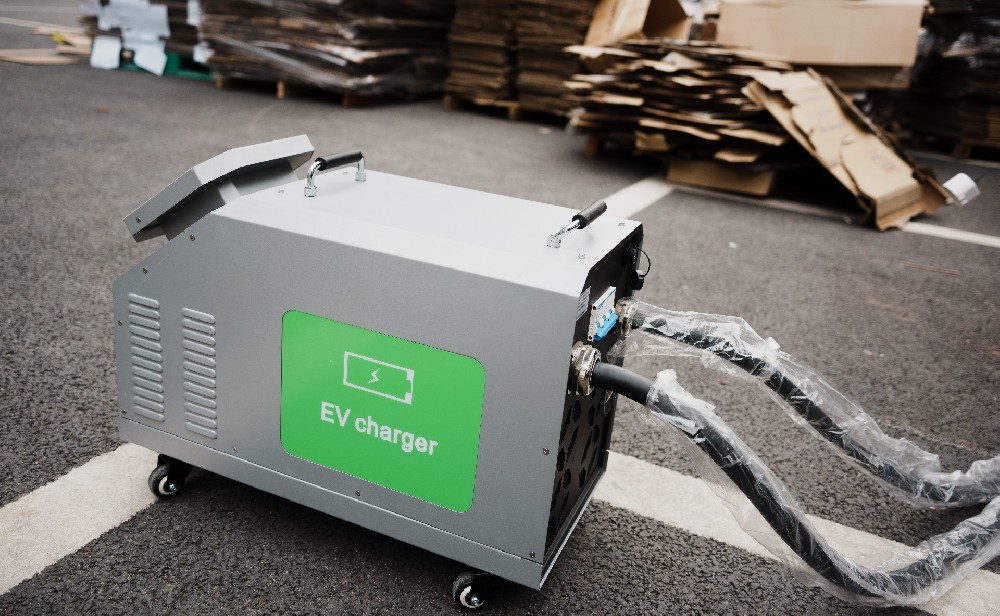-
13822183778@139.com
-
13822183778
How many kilowatt-hours does it take to fully charge an electric vehicle?
Electric vehicles are no strangers to many people, with most households owning one. However, few know how much electricity is required to fully charge an electric vehicle. Since many electric vehicle charging stations charge by the hour, users often don't know how long to charge to reach full capacity, which might make them regret their indiscriminate spending.
Currently, 90% of electric vehicles on the market fall under the category of electric scooters. Common battery models for everyday use are typically 60V. Taking a 60V20AH battery as an example, it generally outputs a voltage of 72V and a current of 2.5A. After complete discharge, it takes approximately 8 hours to fully charge, consuming about 1.44 kWh of electricity.

For electric bicycles, using a 48V20AH battery as an example, the output voltage is generally 60V, and the output current is 2.5A. Charging to full capacity takes around 8 hours, which translates to approximately 1.2 kWh of electricity. (Electricity consumption = output voltage × output current × charging time)
However, factors such as temperature and battery quality can influence charging. For instance, in summer with higher temperatures, charging time is typically less than 8 hours. In winter with lower temperatures, charging time generally exceeds 8 hours.
Additionally, low-quality batteries have lower conversion rates, higher electricity consumption, and longer charging durations.
Moreover, adopting good charging habits can help save electricity and extend the lifespan of the electric vehicle's battery.
1. Accurately gauge charging time: Generally, charging an electric vehicle should not exceed 8 hours.
If not using a charging station, once the charger's green light illuminates, it indicates the battery is nearly full, though not entirely.
It is advisable to continue charging for an additional two hours.
2. Avoid waiting until the battery is fully discharged before recharging: Draining the battery completely before recharging is harmful to the battery.
It is recommended to recharge when the battery level is around 30%.
3. Prevent prolonged storage with low charge: If the electric vehicle will be unused for an extended period, it is suggested to fully charge the battery before storage. Prolonged low charge can lead to sulfation of the battery plates, causing severe damage.
4. Use dedicated chargers: Electric vehicle batteries and chargers are specifically matched.
Always use the vehicle's dedicated charger when charging.
Using an incompatible charger can result in short circuits or insufficient charging.
 How long does it take to charge ···
How long does it take to charge ···
 DC Fast Charging CCS type 2 plug
DC Fast Charging CCS type 2 plug
 The high-voltage and high-curren···
The high-voltage and high-curren···


